Notre Dame de Paris, seen from the Quai de la Tournelle in autumn.
Oil on canvas signed lower left.
19,88 x 28,74 in
Certificate of authenticity.
Albert Lebourg, born February 1, 1849 in Montfort-sur-Risle and died January 6, 1928 in Rouen at age 78, is a French impressionist painter, from the Rouen School.
Noticed by a collector in 1872, he offered him a position as a drawing teacher in Algeria where he taught until 1877, returning to Rouen in 1873 to get married. There he met the Lyon colorist Jean Seignemartin. Under his influence, Lebourg lightened his palette and produced a series of paintings based on the same subject.
On his return to mainland France, he settled in Paris in the Gobelins district. The art dealer Portier in Paris introduced him to new artistic circles. For two years, in 1878 and 1879, he took courses in the studio of Jean-Paul Laurens to prepare for the drawing teacher competition for the City of Paris, but he gave up this project.
He exhibited A Woman Reading at the Paris Salon in 1878. During the fourth Impressionist exhibition in 1879, he presented ten paintings and ten charcoals inspired by Algeria and Normandy, including L'Amirauté in Algiers. He exhibited again with the Impressionists in 1880 during their fifth manifestation.
At the Salon of 1883, the painting Le matin; Dieppe is accepted. On the advice of his friend Paul Paulin, he made a trip to Auvergne in July 1884. He visited Thiers, Riom, Mont-Dore and returned to Auvergne to Pont-du-Château in August 1885. After a brief stay in Paris, he joined Pont-du-Château in the fall, spent the winter there and returned to Paris the following spring. He only reappeared at the Salon in 1886 with Neige en Auvergne.
He was invited in February 1887 to the Group of XX exhibition in Brussels. In 1888, he moved to Puteaux.
Albert Lebourg exhibited at the first salon of the Société nationale des beaux-arts from May 15 to June 30, 1890 and became a member in 1893. He participated in almost all of its Salons from 1891 to 1914.
In 1892, he took accommodation at 20 quai de Paris in Rouen. His wife Marie died there on August 3, 1894. He then stayed in Versailles with his mother-in-law, then in Alençon.
From the fall of 1895 until the beginning of 1896, he visited Holland with the painter Horace Mélicourt, a former companion of the Jean-Paul Laurens workshop. In February, he participated in the 3rd Libre Esthétique exhibition in Brussels. In April, a special exhibition is dedicated to him at the Mancini gallery on rue Taitbout in Paris.
In August 1897, he made a second trip to the Netherlands, to Rotterdam. He was exhibited at the Bernheim gallery in 1899. He was present in 1900 at the exhibition of the Centennial of French Art and also at the Pavilion of Orientalist Painters. In March 1901, he appeared at the 8th Libre Esthétique exhibition in Brussels.
During the summer of 1902, on the recommendation of his doctor, Doctor Théodore Gaillard, he went for treatment to Saint-Gingolph, a small Franco-Swiss village of 600 inhabitants, spanning the Morge on Lake Geneva. He stayed there from the end of August to the end of November 19023. But he declared himself unconvinced by the mountain landscapes. It is moving to larger formats.
In 1903, he exhibited six views of Lake Geneva at the Nationale des Beaux-Arts. He participated in the Hanoi exhibition as part of France's cultural presence overseas, which earned him his nomination to the rank of Knight of the Legion of Honor in 1903. The same year he was exhibited at the Rosenberg gallery and again in 1906.
In 1905, he made a trip to the southwest of France with an extended stay in La Rochelle. During 1907, he participated in the Norman Soul exhibition in Paris. He spends the summer visiting Belgium: Ghent, La Panne, Bruges. He spent the rest of the summer in La Bouille, near Rouen.
During 1910, he stayed in Amiens. And, in the fall, he is on vacation in Chalou-Moulineux, a village in the southern suburbs of Paris. He won a bronze medal at the international art exhibition in Barcelona in 1911. The same year, he exhibited views of Amiens and Chalou-Moulineux at the Nationale des Beaux-Arts.
The most important exhibition devoted to him took place in 1918 in Paris at the Georges Petit gallery.
Owning a workshop on rue de Poissy in Paris, he stayed there until 1920 before returning to his home in Rouen where he fell ill.
In 1924, he was promoted to the rank of officer of the Legion of Honor.
Suffering from paralysis, Lebourg stopped painting in 1925 and died in 1928 after a painful illness. He is buried in the monumental cemetery of Rouen.
Albert Lebourg is a member of the Academy of Sciences, Belles Lettres and Arts of Rouen.
Officer of the Legion of Honor Officer of the Legion of Honor. He was made an officer by Léonce Bénédite on March 29, 1924.
Public collections:
Algiers, national museum of fine arts.
France :
Agen, museum of fine arts, Aix-les-Bains, Faure museum, Chatou, Fournaise museum, Paris, Clermont-Ferrand, Roger-Quilliot art museum, Douai, Chartreuse museum, Dieppe, Dieppe museum, Évreux , Évreux museum, Lyon, museum of fine arts.
Paris: Musée d'Orsay, Musée Marmottan, Palais de l'Institut, Petit Palais. Pau, museum of fine arts, Pont-Audemer, Alfred-Canel Museum, Rouen, museum of fine arts, Sceaux, museum of Île-de-France, Strasbourg, museum of modern and contemporary art of Strasbourg,
Toulouse Bemberg Foundation.
Russia: Saint Petersburg, Hermitage Museum.
violindingres.fr

























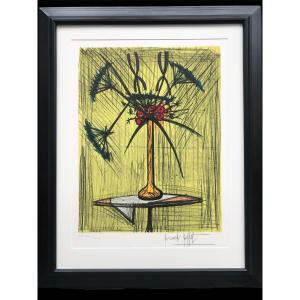

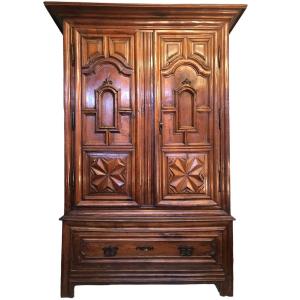
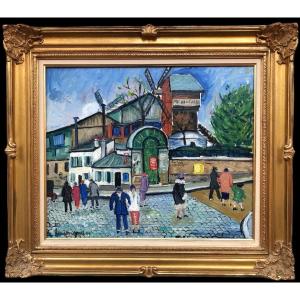
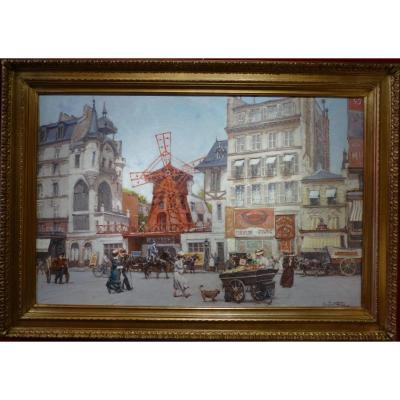

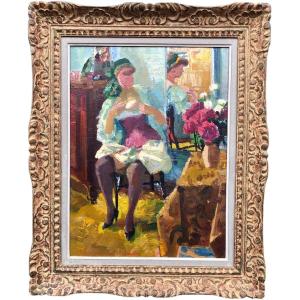

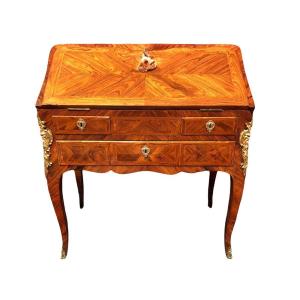



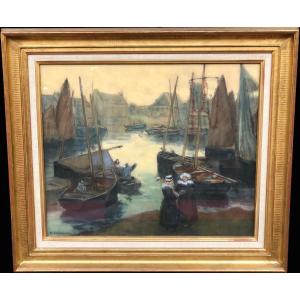



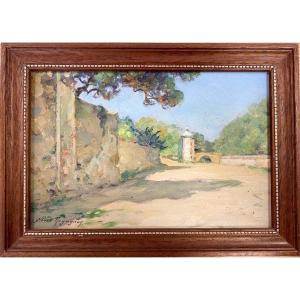
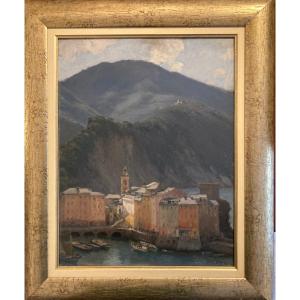




 Le Magazine de PROANTIC
Le Magazine de PROANTIC TRÉSORS Magazine
TRÉSORS Magazine Rivista Artiquariato
Rivista Artiquariato